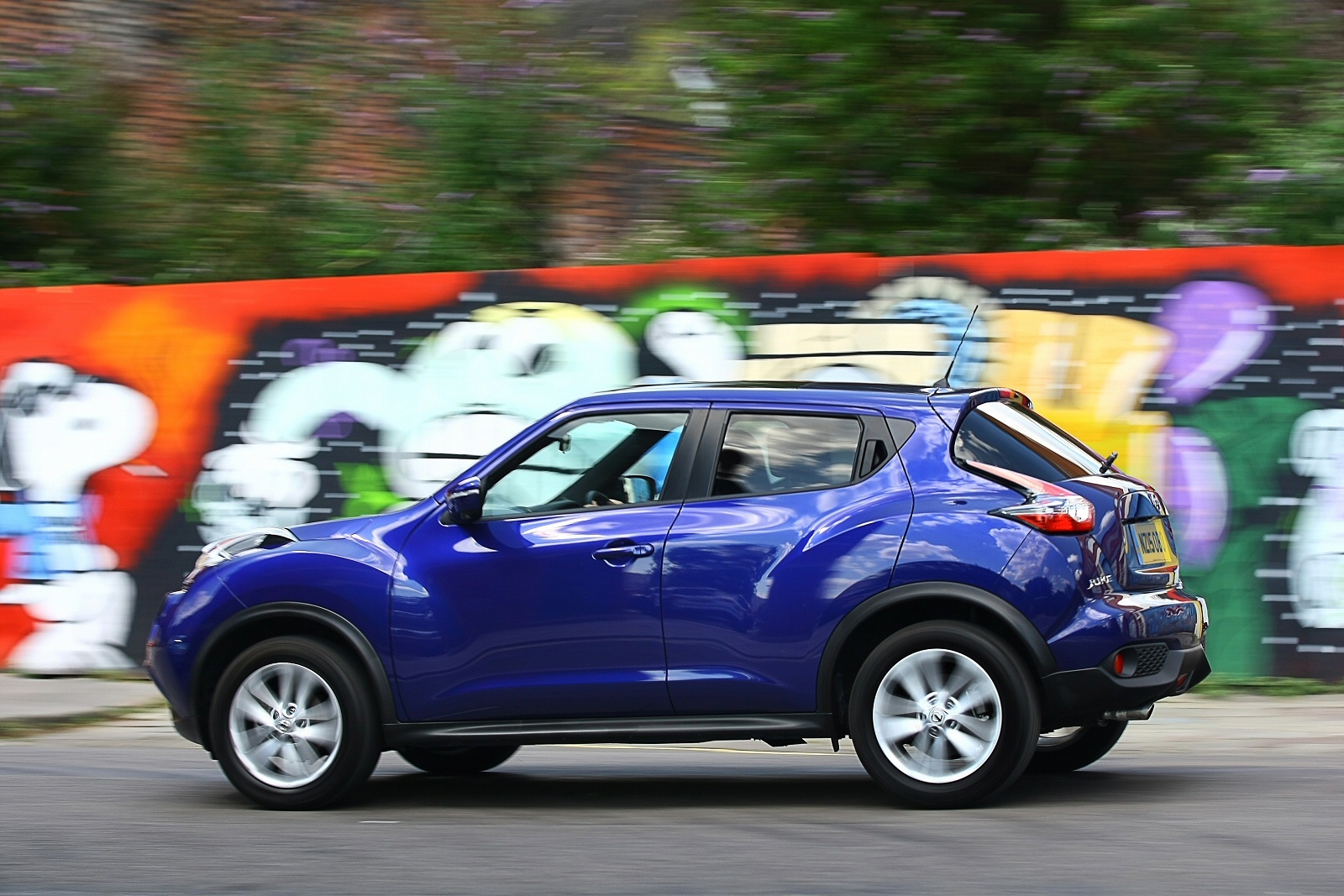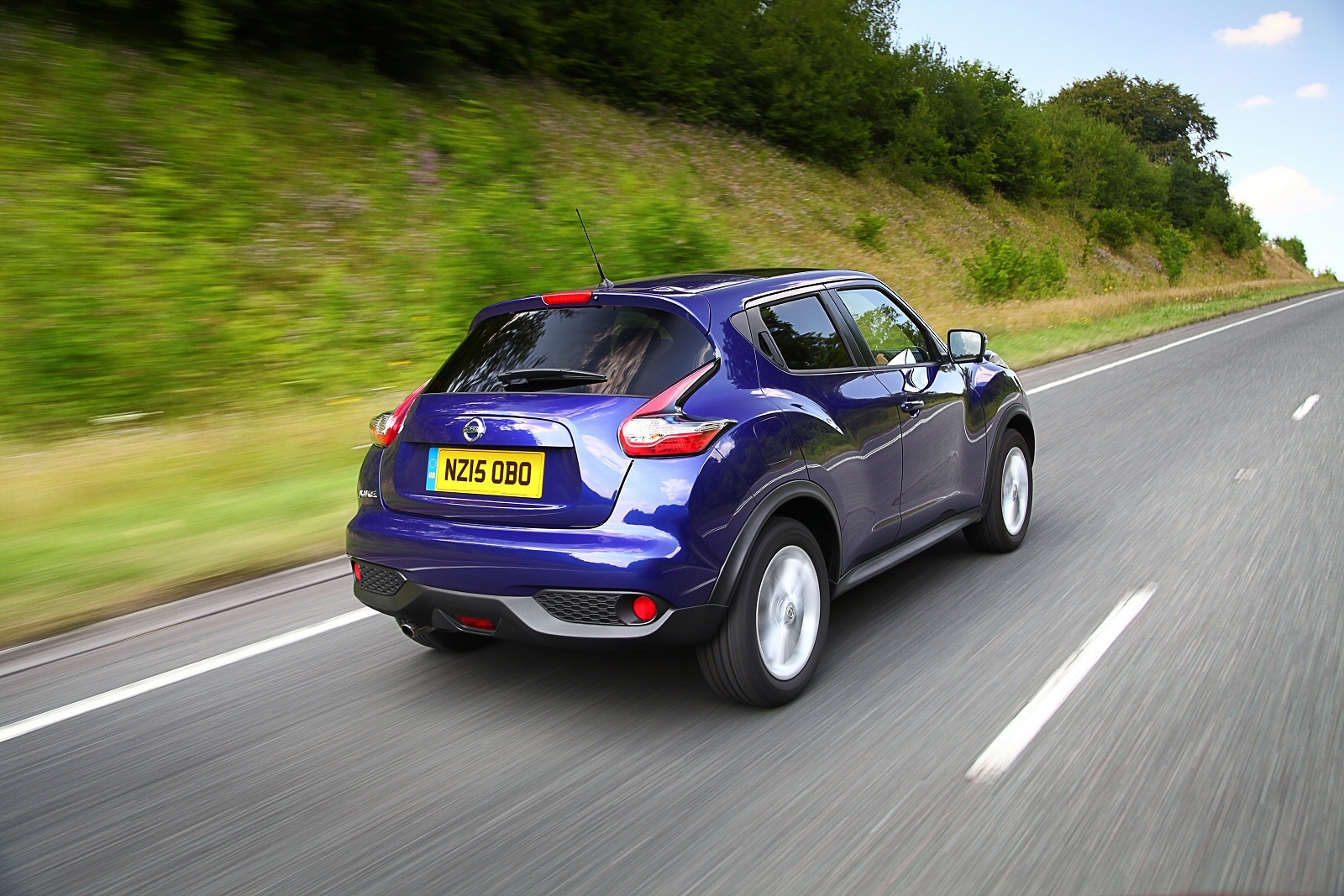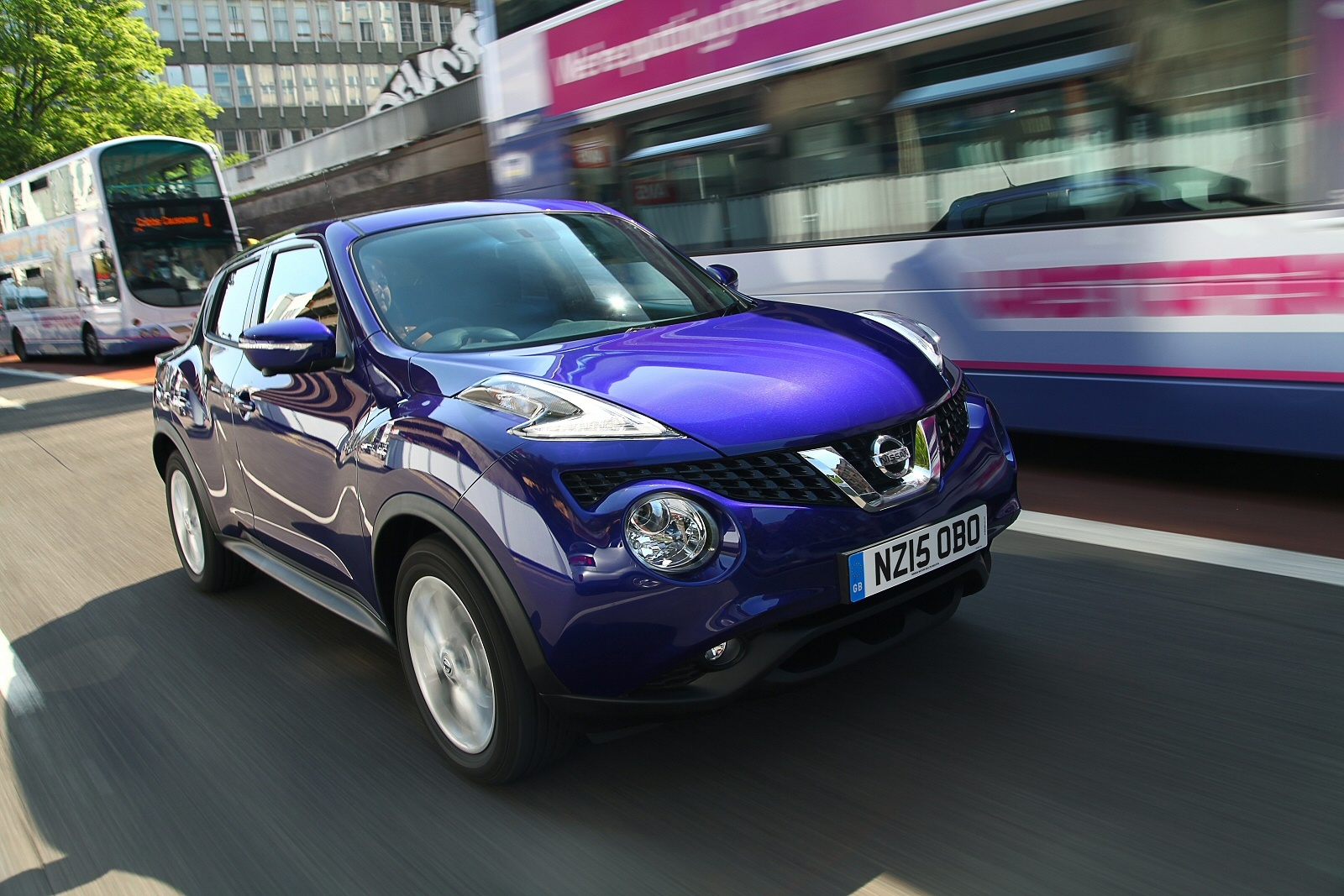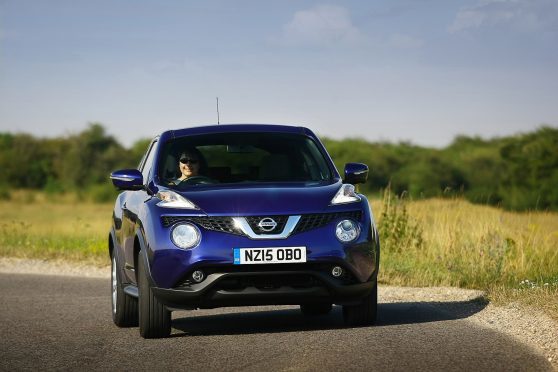If you need a car that blends into the background, look somewhere else. Nissan’s Juke has sold like hot cakes and the latest update keeps the design extreme but adds smarter technology, cleaner engines and more personalisation options.
By most accepted rules of vehicle marketing, this shouldn’t happen. For a car with as divisive a look as the Nissan Juke to rack up such huge sales would suggest that those who love it really love it.
What is most amazing about the Juke is that a company the size of Nissan could build it.
The usual procedure is for a maverick designer to come up with just such a concept only for octogenarian company heads to shelve it, for customer clinics to reject it, or for marketing pressure to water it down. Somehow, the Juke survived all of these potential trapdoors and remains singularly the most distinctive family car on sale today.

Though the existing 110PS 1.5-litre dCi diesel continues unchanged, there’s otherwise quite a bit of change to report beneath the Juke’s stubby bonnet when it comes to the pair of petrol powerplants on offer: one is new to the Juke and the other extensively revised. The 1.2-litre DIG-T petrol engine, developed in conjunction with partners Renault, replaces the original model’s aging 1.6-litre unit and features turbo-charging and direct injection to deliver 115ps and 190Nm of torque.
Despite its modest size, this 1197cc turbo four packs a real punch, offering sharper acceleration and greater torque than the old 1.6-litre naturally aspirated motor. The popular 1.6 DIG-T turbo petrol unit has been further improved to deliver lower end torque below 2,000rpm.

Producing 190PS, this is available in both front and all-wheel drive versions. Go for an all-wheel drive variant and you have the option to specify the Xtronic transmission gearbox, which further improves fuel efficiency and acceleration.
Rival manufacturers were left scratching their heads when Nissan started selling Jukes from around £13,000.
To put into perspective quite how good the value proposition is here, consider the fact that you can now buy a 1.2-litre turbo-charged Juke for less than the price of a 1.0-litre normally-aspirated Ford Fiesta.
It’s not as if the Juke is lacking in equipment either. Standard on all models are LED daytime running lamps, a CD radio with an AUX-in socket, a gear-shift indicator and a tyre pressure monitor. The Visia 1.5 dCi and 1.6-litre DIG-T versions add alloy wheels, manual air conditioning, a drive computer and driver seat height adjustment.
Go for the Acenta trim and you receive front fog lights, 17-inch alloy wheels, automatic air conditioning, remote audio controls, Bluetooth connectivity for phone and audio streaming, cruise control and a speed limiter, along with the Nissan Dynamic Control System and chrome interior touches.
It’s no wonder this model has proven so popular.

The updated Juke is looking to retain its predecessor’s reputation as being inexpensive to run. Due in no small part to its distinctive personality, residual values have been a few points beefier than in many typical superminis.
You probably know the guy who complains that all new cars look the same but has nothing good to say when Nissan brings out something different and fresh.
Don’t be that guy.
The Juke has deservedly carved itself a lucrative niche for itself with an inexpensive vehicle that drives well, is cheap to run and which isn’t afraid to assert its own personality.
The latest changes don’t alter that fundamental appeal, but adding tech inside and some uprated petrol engines certainly isn’t going to do the Juke’s prospects any harm.
Should Nissan have gone a little further with the exterior changes?
I’m not so sure. The Juke was already an extreme-looking thing and going overboard with styling updates would have smacked of trying too hard. As it stands, it’ll continue to be the car that none of its rivals has come close to answering.
THE FACTS
Model: Nissan Juke
Price: From £13,000
Engine: 1.2 litre turbo
Economy: 51 mpg
Emissions: 126g/km CO2
